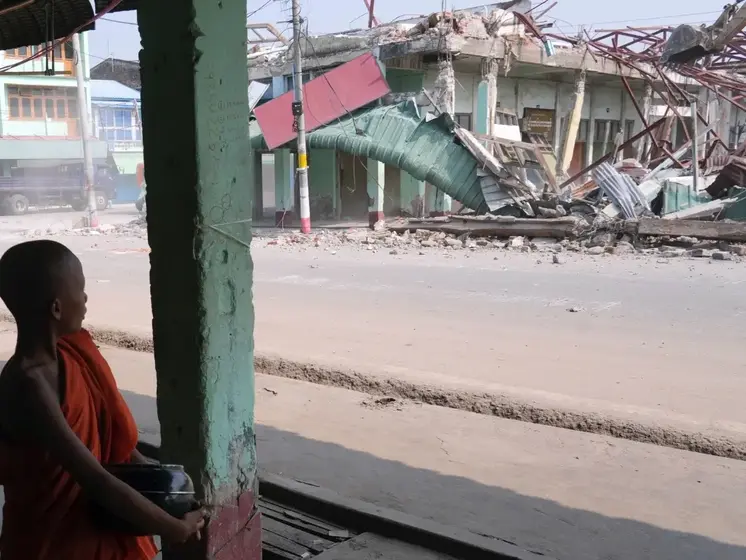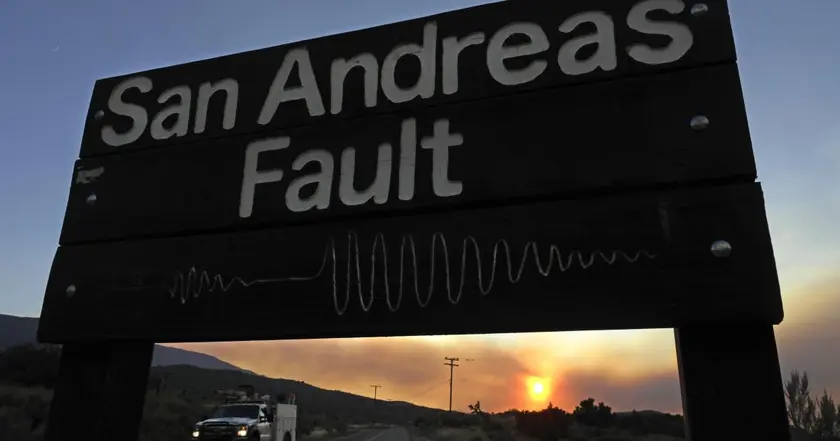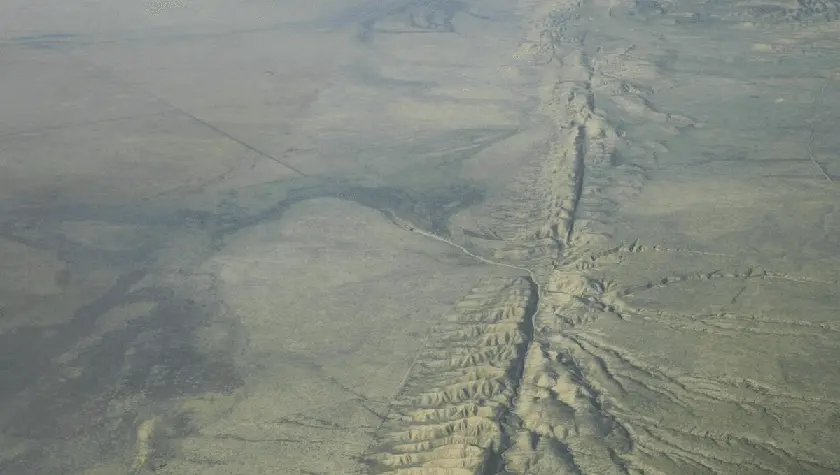T4K3.news
California Big One May Look Different
A new study suggests the next major quake may not resemble past events, shaping how communities prepare.

A new study argues the next major California quake may not resemble past events, complicating predictions and preparation.
California's Big One Deviates From Past Quakes Researchers Warn
A March 2025 earthquake in Myanmar ruptured a long section of the Sagaing fault, about 317 miles, and caused widespread damage and thousands of deaths. The quake showed that faults can break in ways scientists did not fully expect, reactivating a segment that had been quiet since 1839. The event raised questions about how similar future quakes could be to what we have seen before.
A new study from Caltech, published in the Proceedings of the National Academy of Sciences, says California should not expect the Big One to look like a single past quake. Researchers note that earthquakes rarely repeat in exactly the same way, and different parts of a fault can behave differently. They also point to a creeping stretch on the San Andreas between Parkfield and Hollister that moves slowly and has not produced a large event, highlighting regional differences along the fault. The team calls for a model that simulates San Andreas earthquakes over thousands of years to map a wider range of possible ruptures.
Public risk assessments from the USGS frame the issue in concrete terms, with estimates of the odds for significant earthquakes in California over the next few decades. One study cited a 72 percent chance of a magnitude 6.7 or larger quake in the Bay Area within 30 years, with sizable chances for larger quakes in some parts of the state. The findings emphasize that preparing for a range of scenarios is wiser than chasing a single, dramatic forecast.
Key Takeaways
"Large earthquakes often occur on faults that were known to have produced destructive events in the past."
Study authors describe patterns that show past history alone is not a reliable predictor of future ruptures.
"It’s not going to come soon, because it’s quite a heavy calculation."
Avouac explains why long term simulations will take time to develop.
"Earthquakes never come back exactly the same way."
Lead author remarks on variability in how quakes unfold.
"We have a better view of the range of possible ruptures."
Researchers describe the goal of simulations to map multiple scenarios.
This analysis highlights a core tension in disaster science: the line between useful prediction and overconfidence. The Myanmar quake shows how a fault can deliver a rupture longer than expected, reminding readers that the ground can behave in surprising ways even on familiar faults. That uncertainty complicates planning and funding for preparedness, because officials need clear benchmarks to guide investments in retrofits, drills, and public communication.
The call for long term simulations is a hopeful step. If scientists can run thousands of years of imagined earthquakes, they may better outline all plausible ruptures. Yet the pace of such work is slow, and decisions about how to allocate resources will continue to rest on imperfect forecasts. The challenge for policymakers is to translate probabilistic risk into practical, affordable safety measures without inducing alarm or complacency.
Highlights
- Quakes do not follow our calendars
- One big quake can rewrite the map
- We need models that test every possible rupture
- Prediction ends at ranges not certainties
The science of earthquakes advances, and so must the way communities prepare.
Enjoyed this? Let your friends know!
Related News

Adriana Gallardo builds $300 million insurance empire

Shark Week team discovers unusual black makos off California coast

Return Fraud Causes $103 Billion in Losses for Retailers

Brain patterns drive quick judgments

AI tools expand in workplaces

California quake study reframes risk

Caltech study reframes quake forecasts

Cannabis beverages struggle to win broad adoption
